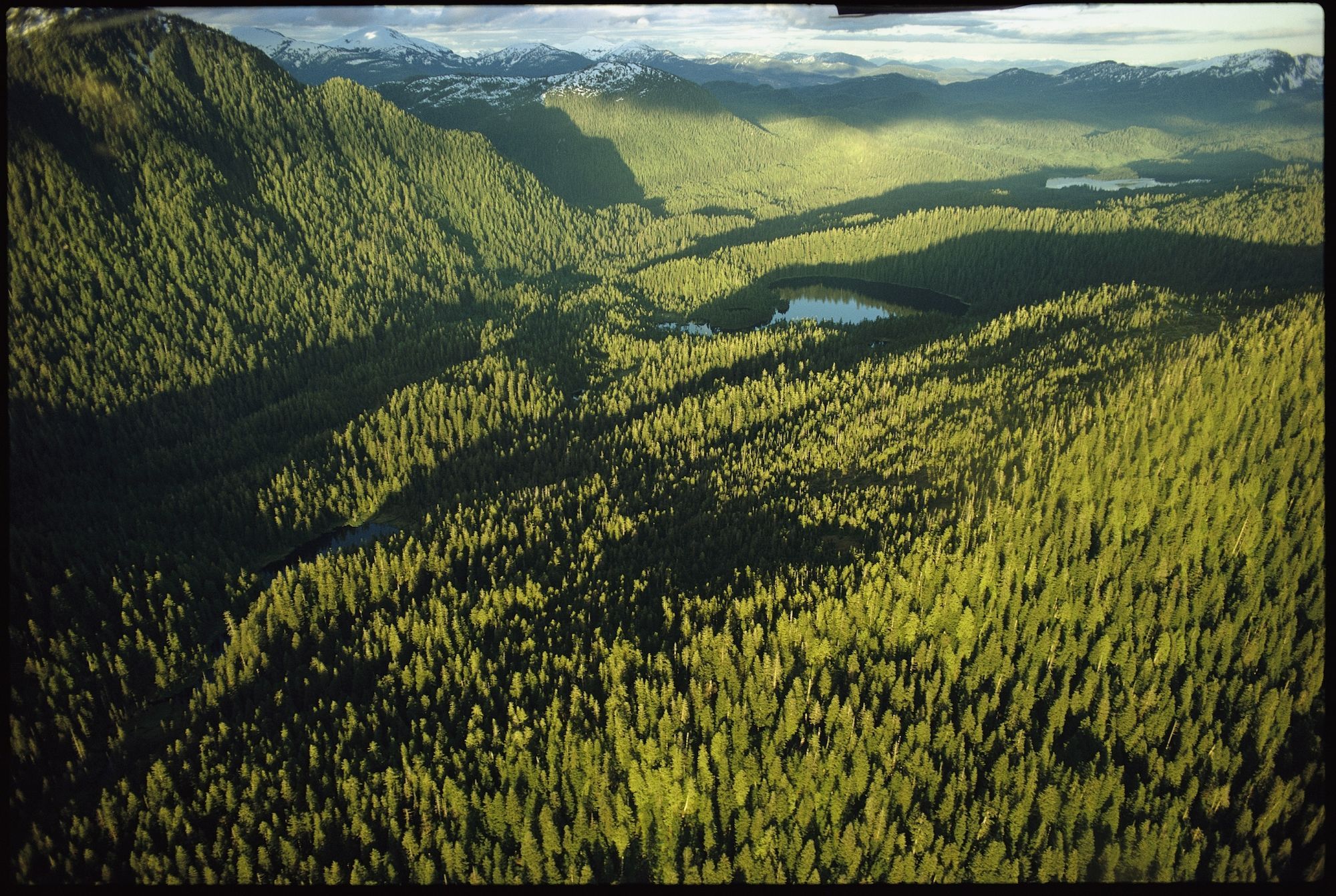
Fires, deforestation, and climate change have taken their toll, turning the Brazillian Amazon rainforest into a carbon source. The rainforest is now a net emitter of carbon dioxide rather than an absorber. Read to know what this unprecedented change means for all of us.
What are a carbon source and sink?

A carbon source is anything that releases more carbon, usually in the form of CO2 in the atmosphere than what it incorporates. Volcanic eruptions, burning fossil fuels, etc are carbon sources. However, a carbon sink is anything that absorbs more carbon from the atmosphere than what it releases. Plants, soil and the ocean are carbon sinks.
A Nature article and the IPCC report confirmed the shifting of the Amazons from a carbon sink to a source earlier this year. The new study reveals that Amazonia is giving up more carbon than it can take in.
Why is this scary?
Well, as more and more lands become carbon sources, the carbon dioxide build-up in the atmosphere rises. Forests are generally a carbon sink since trees absorb the carbon in CO2 form from the atmosphere through photosynthesis. It then gets separated or stored in various plant parts.
The transition of the amazon rainforest
The Amazon study observed the transition of the Amazon from a sink across four sites. They were conducted through monthly sampling using aircraft from 2010 to 2018. “Human disturbances are amplifying the cycle of drying and warming, mainly during the dry season. This can reduce the capacity of these forests to store carbon. And increase their vulnerability to fires,” said Luana Basso, the co-author of the study.
“These possible changes in the carbon uptake capacity of tropical forests will require larger reductions in fossil fuel emissions to achieve the main goals of the Paris Agreement,” she added.
Amazon rainforest: Now a carbon source
The latest research published by Monitoring of the Andean Amazon Project (MAAP) reveals more. In the last two decades, the Brazillian portion of the Amazon emitted 3.6 billion metric tons of carbon dioxide. Moreover, it is the largest part of the rainforest. But, in the same period, the parts of the rainforest in Columbia, Bolivia, Ecuador, Guyana, French Guyana, Suriname, Peru, and Venezuela were carbon sinks. However, they only removed 1.7 billion metric tons of carbon dioxide.
“For the first time, we have carbon data across the entire Amazon. Brazil literally has tipped as a whole from a sink to a source. But the western Amazon and northeastern Amazon are keeping it together as a sink,” said Matt Finer, the director of MAAP. “All of a sudden you go from the Brazillian Amazon to being a key buffer against climate change to putting its foot on the accelerator,” added Finer.
The MAAP study adds more gravity to the climate crisis at hand. It is shocking to learn that one of the largest forests in the world is a net carbon emitter. What makes it scarier is that the Amazons are highly studied when compared to others. “It reinforces what has been known: protected areas are less deforested than unprotected areas,” said Phillip Fearnside. Feranside is a researcher and professor of environmental dynamics at the National Institute of Amazonian Research (INPA). He also suggested that we are close to a double tipping point.
What is a double tipping point?
In terms of climate change, a tipping point is a threshold which when exceeded leads to a large and usually irreversible change in the system. Amazon’s first tipping point was the rise in deforestation and change in rainfall patterns, which are well studied. (https://bluejapan.org) This tipping point made the rainforests drier and savanna-like.
Moreover, the second tipping point is connected to the first. The second tipping point is the shift from a carbon sink to a source. “The planet’s systems are all connected; what happens in one area of the world impacts other areas, based on how water and energy flow,” said Nancy Harris.
